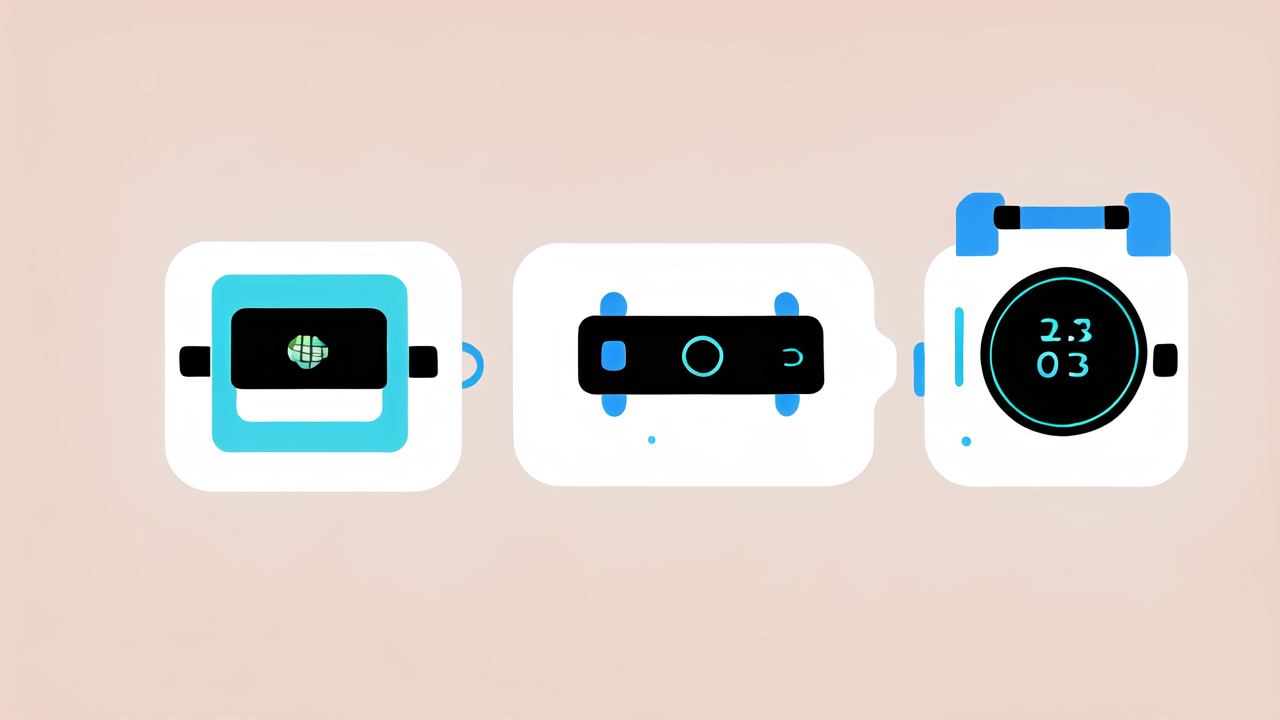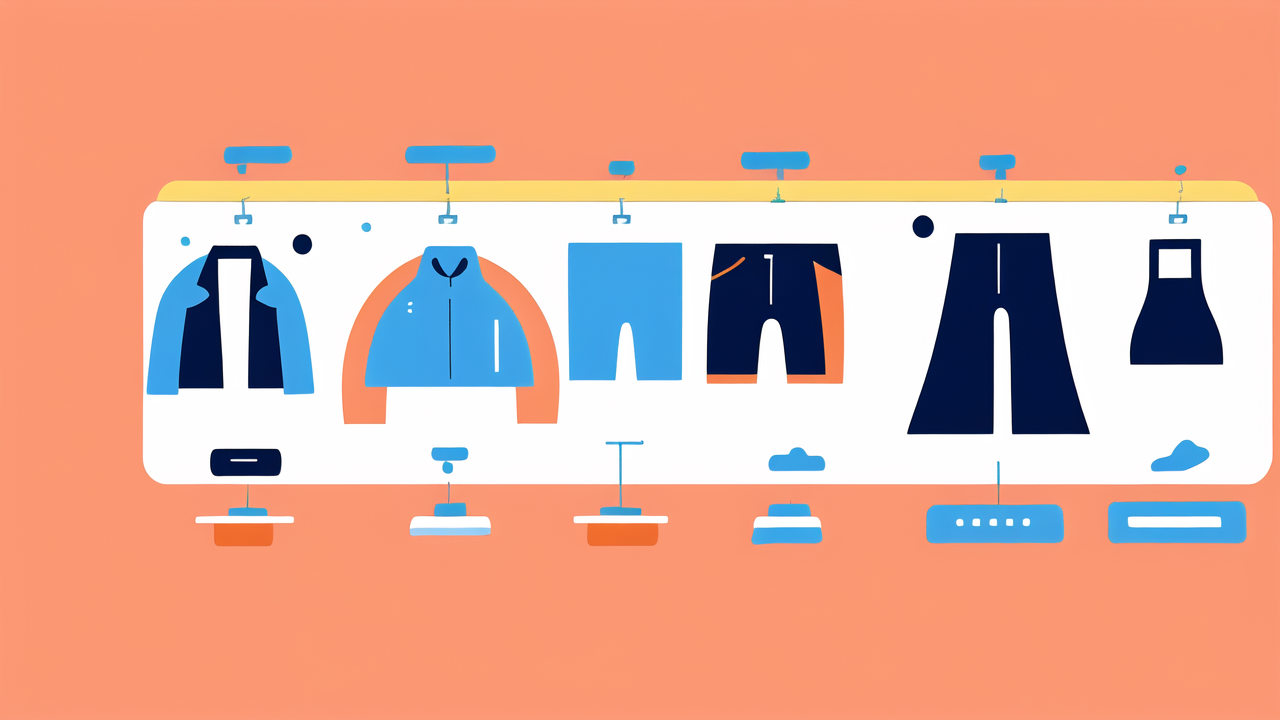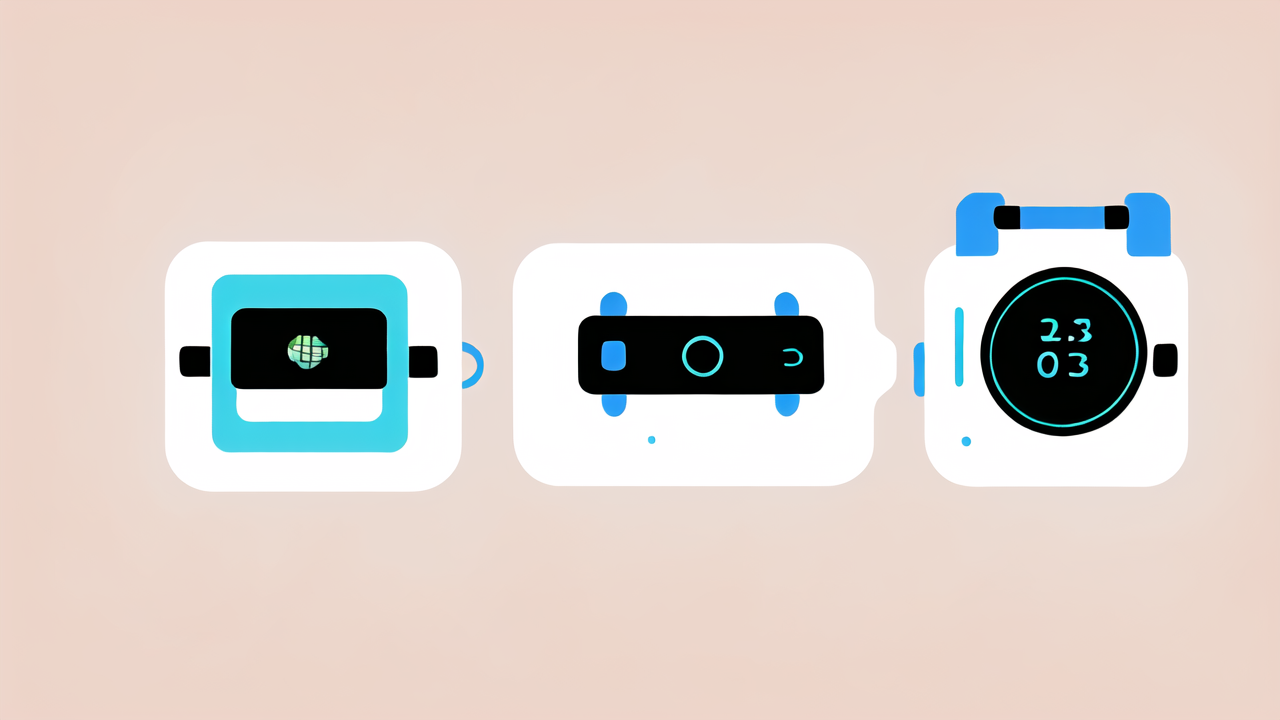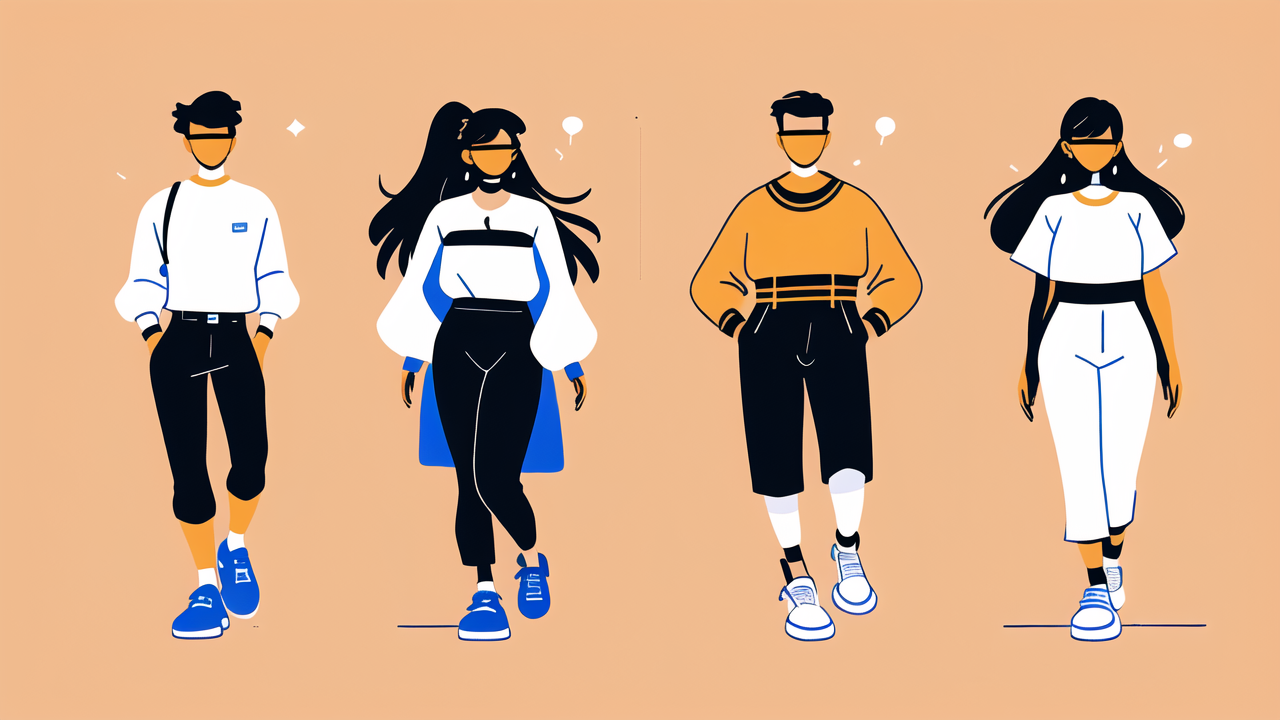Evolution of Wearable Technology in the Fashion Industry
The Rise of Smart Textiles
Smart textiles are changing the game in fashion. These fabrics can sense and react to their environment. They blend tech and style seamlessly. Some can change color or texture based on temperature or light. Others can monitor health stats or charge devices. The growth of smart textiles has been rapid in recent years. Researchers are always finding new ways to make fabric smarter. This trend is pushing fashion into a new era of innovation.

From Fiction to Reality: The Journey of Wearable Gadgets
What was once sci-fi is now real. Wearable gadgets have come a long way. Early attempts were clunky and impractical. Now, they're sleek and useful. Smartwatches and fitness trackers led the way. They showed how tech could blend with daily wear. Next came smart glasses and rings. Each step brought wearables closer to being truly wearable. The goal is to make tech invisible yet powerful. This journey is far from over. New ideas are always in the works.
Integration of AI and IoT in Fashion
AI and IoT are reshaping fashion. They're making clothes smarter than ever. AI can predict trends and personalize styles. IoT connects clothes to the digital world. Together, they create a new kind of smart fashion. Imagine a jacket that adjusts to weather changes. Or shoes that track your workout and give tips. These aren't dreams anymore. They're becoming reality. This tech is making clothes more than just fabric. They're becoming tools for better living.
Challenges and Opportunities in Wearable Technology for Clothing
Overcoming Technical Barriers
Wearable tech faces many challenges. Battery life is a big one. Clothes need power that lasts and is safe to wear. Washing is another issue. Smart clothes must survive water and detergent. Comfort is crucial too. No one wants stiff or heavy smart clothes. Designers are working hard on these problems. They're using new materials and clever designs. Progress is steady, but there's still work to do. Each solved problem brings us closer to truly wearable tech.

Navigating Consumer Acceptance and Privacy Concerns
People have mixed feelings about smart clothes. Some love the idea of tech-enhanced fashion. Others worry about privacy and data security. There's a fear of being always connected. Questions arise about who owns the data from smart clothes. Companies need to address these concerns. Clear policies and strong security are must-haves. Education is key too. People need to understand the benefits and risks. Building trust is crucial for this tech to succeed.
Sustainable Integration with Fashion Trends
Merging tech with fashion trends is tricky. Tech moves fast, but fashion trends change faster. Smart clothes need to look good and work well. They also need to be eco-friendly. This is a big challenge for designers. They must balance style, function, and sustainability. Some are using recycled materials for smart fabrics. Others are making modular designs for easy upgrades. The goal is smart clothes that are stylish and earth-friendly. It's a tough balance, but vital for long-term success.
Case Studies: Successful Wearable Technology in Clothing
Leading Brands and Their Innovations
Big brands are jumping into wearable tech. Nike has shoes that tie themselves. Levi's made a jacket with Google for urban cyclists. It lets them control their phone with touches and swipes. Under Armour created shirts that track fitness data. These brands show how tech can enhance everyday clothes. They're not just adding gadgets. They're rethinking what clothes can do. Their success proves there's a market for smart fashion. It's encouraging more brands to innovate.

Startups Disrupting the Wearable Clothing Market
Startups are shaking up the wearable tech scene. They're bringing fresh ideas to the table. One company makes socks that prevent falls in elderly people. Another created a shirt that corrects posture. These startups focus on solving specific problems. They're not trying to do everything. This targeted approach is paying off. It's leading to practical, useful smart clothes. Startups are proving that good ideas can come from anywhere. They're driving innovation in the industry.
Impact of Wearable Technology on Daily Life in the United States
Wearable tech is changing daily life in the U.S. More people are using smart clothes and accessories. Fitness trackers are common now. They help people stay active and healthy. Smart watches keep people connected on the go. Some workplaces use wearables for safety or efficiency. In healthcare, wearable tech is improving patient care. It's helping doctors monitor patients remotely. The impact is growing as the tech improves. It's making life easier, safer, and more connected for many Americans.




Leave a comment
This site is protected by hCaptcha and the hCaptcha Privacy Policy and Terms of Service apply.